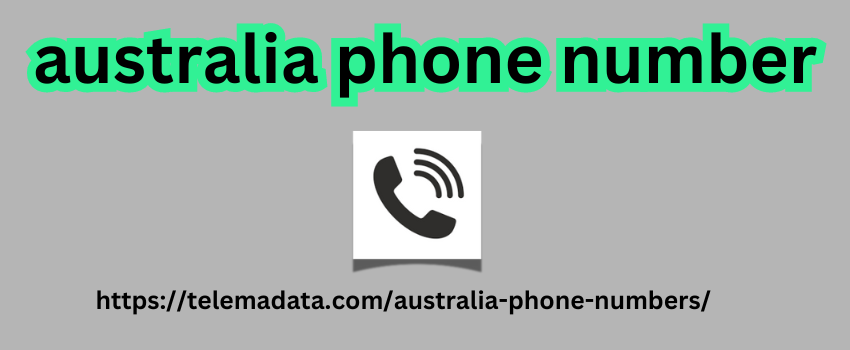Flask is a popular micro web framework for Python, known for its simplicity and flexibility. Whether you’re a seasoned developer or a beginner, Flask can help you build web applications quickly and efficiently. This guide will walk you through the steps to install Flask, ensuring you have a smooth start to your web development journey.
Step 1: Setting Up Your Environment
Before you install Flask, it’s crucial to set australia phone number up a proper Python environment. It’s recommended to use a virtual environment to manage dependencies and avoid conflicts with other projects. You can create a virtual environment using the venv module, which is included in Python 3. To create a virtual environment, open your terminal and run:

python3 -m venv myenv
Replace myenv with the Belgium Phone Number name of your choice for the virtual environment. Once created, activate it with:
- On Windows:
bash
myenv\Scripts\activate
- On macOS and Linux:
bash
source myenv/bin/activate
Step 2: Install Flask
With your virtual environment activated, you can now install Flask. This is done using Python’s package manager, pip. Run the following command in your terminal:
pip install Flask
This command downloads and installs the latest version of Flask and its dependencies. You can verify the installation by checking the Flask version:
python -m flask --version
If everything is set up correctly, you should see the installed version of Flask displayed in your terminal.
Step 3: Creating a Basic Flask Application
Now that Flask is installed, let’s create a basic Flask application to ensure everything is working correctly. Create a new file named app.py and add the following code:
from flask import Flask
app = Flask(__name__)
@app.route('/')
def hello_world():
return 'Hello, World!'
if __name__ == '__main__':
app.run()
This simple application sets up a single route (“/”) that returns “Hello, World!” when accessed. To run the application, execute the following command in your terminal:
python app.py
Open your web browser and navigate to http://127.0.0.1:5000/. You should see the “Hello, World!” message, indicating that your Flask installation is successful and the application is running correctly.
Conclusion
Installing Flask is a straightforward process, but setting up a proper environment and verifying the installation are essential steps. By following this guide, you should have Flask up and running in no time, ready to start building web applications. Flask’s simplicity and extensive documentation make it an excellent choice for both beginners and experienced developers looking to create web applications in Python.
